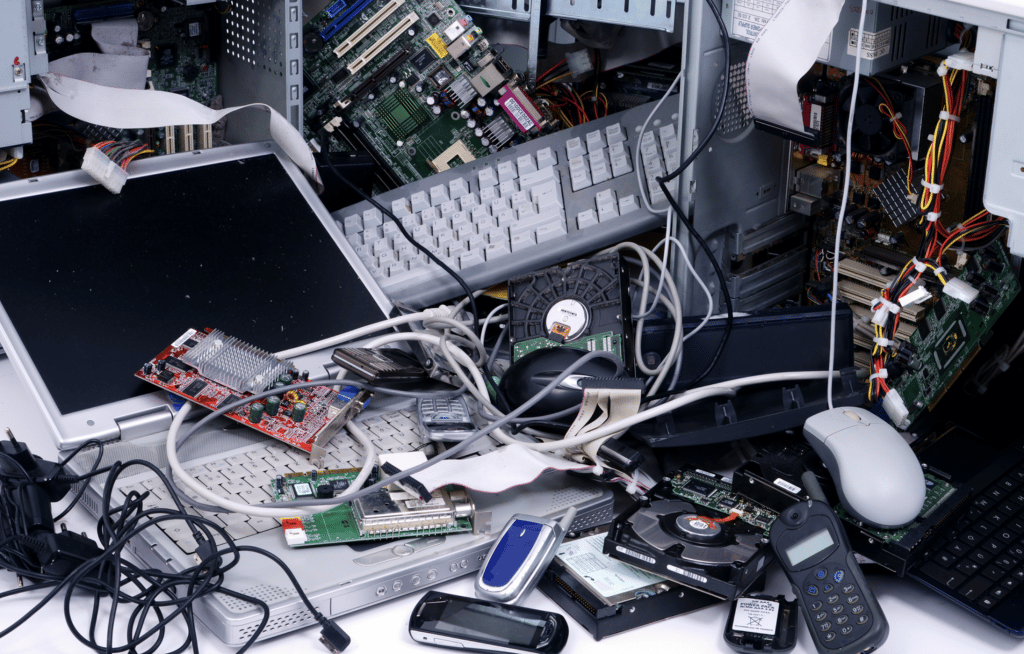The EU has a legal framework for waste electrical and electronic equipment to mobilize the European economy, prevent pollution, and ensure access to essential commodities. The RoHS (Reduction of Hazardous Substances) directive limits the use of hazardous materials in products to lessen their adverse environmental effects.
In addition, this legal framework uses the extended producer responsibility principle to exert influence over producers, manufacturers, and businesses engaged in sales and distribution to boost WEEE (waste electrical and electronic equipment) collection and recycling rates.
The WEEE Directive establishes objectives (EPR) and principles for the European Member States to implement and meet. To meet national targets, Member States define the parties subject to waste management obligations based on the EPR principles and directive targets. Among those obligated are manufacturers of electrical and electronic items. The following is a list of the fundamental duties:
Regular declaration of their material
Producers must notify the national authority of their material Placed on the market based on actual quantities placed on the national market. To compute the collection and recycling targets to be met worldwide for the Member State and specifically for each manufacturer, the national authorities carefully store and regulate such data. The declaration format differs by nation and Compliance Take Back Scheme (CTBS).
Information to end users
Producers must provide end users with information on how to dispose of appliances, including municipal collection locations, drop-off locations’ grid references, take-back options, etc. The crossed-out wheelie bin is the special symbol that must be displayed on appliances to identify them as electrical and electronic equipment. If the symbol cannot be seen on the device because of its size, it must be shown in the user guide. The emblem must be legibly and permanently imprinted. The RoHS directive places restrictions on the presence of some hazardous compounds in EEE.
Information to recyclers
Electrical equipment and electronic device manufacturers must provide instructions for easy disassembly, decontamination, and recovery of WEEE. Upon request from the recycling business, such data must be made available. When a need for it arises, producers should provide the necessary documents.
Producers are responsible for coordinating the collection and recycling of WEEE, either on their own or with the assistance of a Compliance and Take Back Scheme (CTBS) (equivalent or similar appliances).
Plan take back and recycling solutions.
Producers of electrical or electronic products must be able to run a take-back program either directly or indirectly in a given nation and offer take-back logistics to consumers and enterprises.
In addition, frequent audits of recycling providers and operators of take-back programs are required. Depending on how the equipment is used, take-back operations must be directed toward end-users. Thus, take-back activities might be planned at collection sites, neighborhood municipal waste collection locations, store locations, companies, etc.
Finance take back and recycling programs.
Producers are responsible for funding recycling, trash treatment, and take-back programs. They must prove their ability to fund and foresee any situation resulting in rising costs due to material costs, a sharp increase in separate collection requests, etc.
